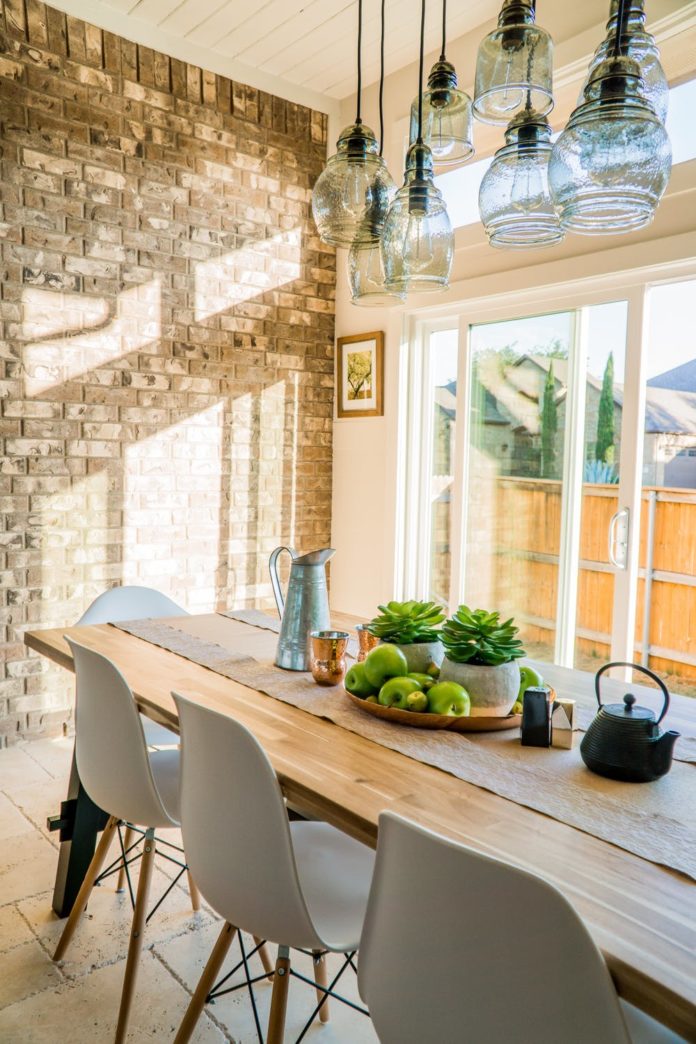Lighting has the ability to make (or break) the ambience in your home.
The right lighting can relax and rejuvenate or inspire and motivate, which is why it’s so important to choose the best lights for the room and tasks you have in mind.
Not only that, but lighting can also alter how we see colours, textures and shapes, meaning you need to consider your interior design scheme when choosing your lighting.
This all sounds a little overwhelming, doesn’t it?
Well, thankfully, it needn’t be, as with these simple tips, it couldn’t be easier to choose your ideal lights:
Consider the Type of Lighting
First, you’ll need to consider what the lighting in each room needs to offer. There are three categories to choose from: ambient, task or accent lighting.
Ambient lighting is your main source of light. It’s the overhead lights in your kitchen, the central light in your living room and the ceiling lights in your bathroom.
But while it is a functional source of lighting, it still does need careful consideration. For example, busy spaces like your kitchen and living room will likely need more ambient lighting than hallways and dining rooms.
Task lighting is the light you’ll use to carry out specific tasks. For example, you may need a desk lamp to help you read those papers or you may have a bedside lamp that aids your night-time reading. You might also want this light to swivel or rotate so you can control where the light is shining.
Finally, accent lighting is your best friend when it comes to creating focal points in your home. Accent lighting can draw your attention towards fireplaces, alcoves, bookshelves, staircases, wall art – you get the picture.
Layer These Lights
Now we know the types of lights you might need in each room around your home, it’s time to get to work layering these to make the most of your space.
Start with your task lighting. Where might you need that lighting to help you read, write, chop food and so on? Then, consider your accent lights. Is there a wall that can be brought to life with an uplight, for example?
Once you have these in place you’ll be able to determine where your ambient lighting is needed – if anywhere. While it will be necessary in kitchens, bathrooms, and so on, it might not be a requirement in your living room if you have ample task and accent lighting.
As a general rule of thumb, there should be 2 or 3 sources of light in a room to achieve the right balance and the best ambience.
Finally, once you have all the lighting requirements noted down, it’s time for the fun bit – choosing the styles of these lights. Consider what designs will add to your interior scheme, what will enhance your décor and what will create a real feature in your home.







